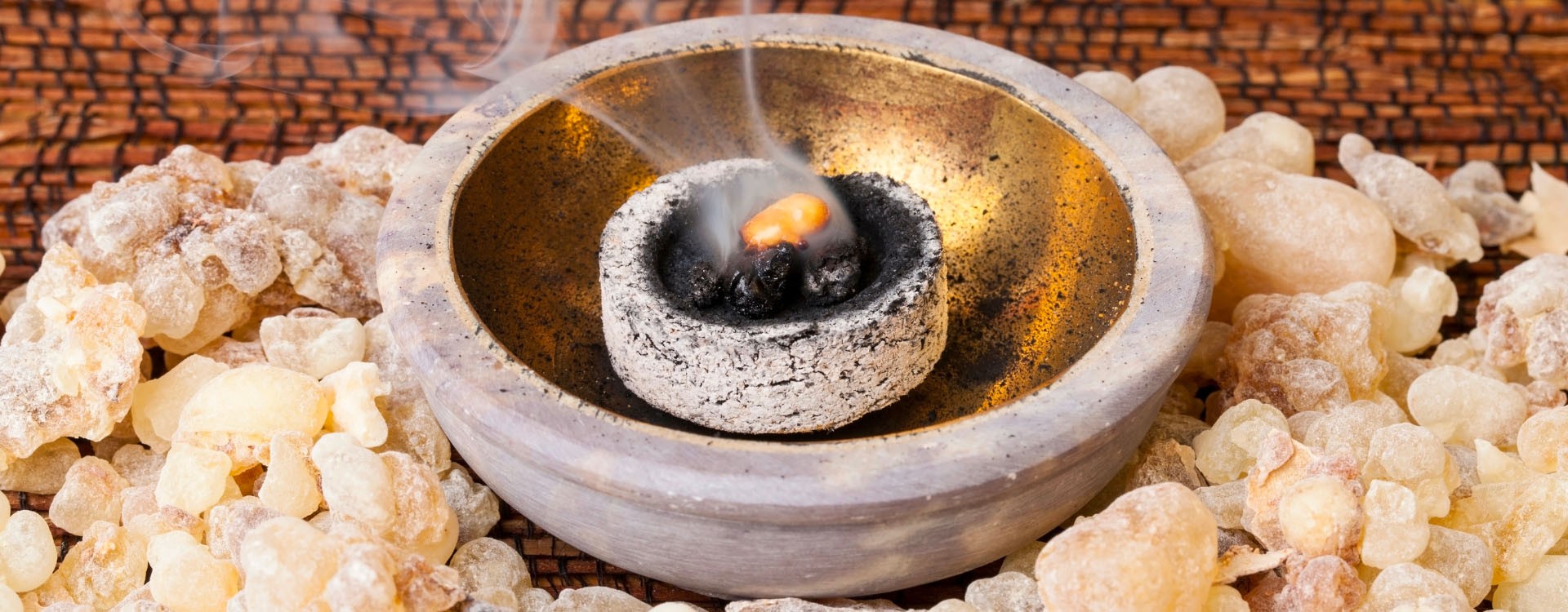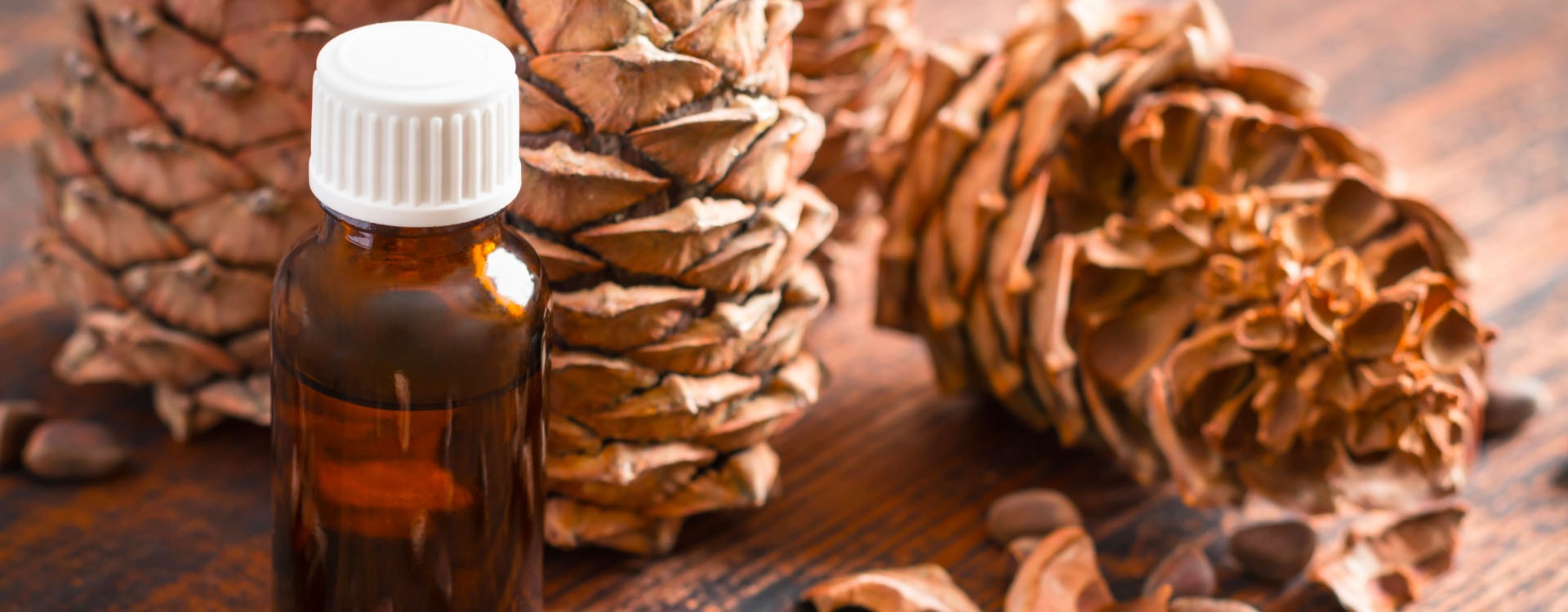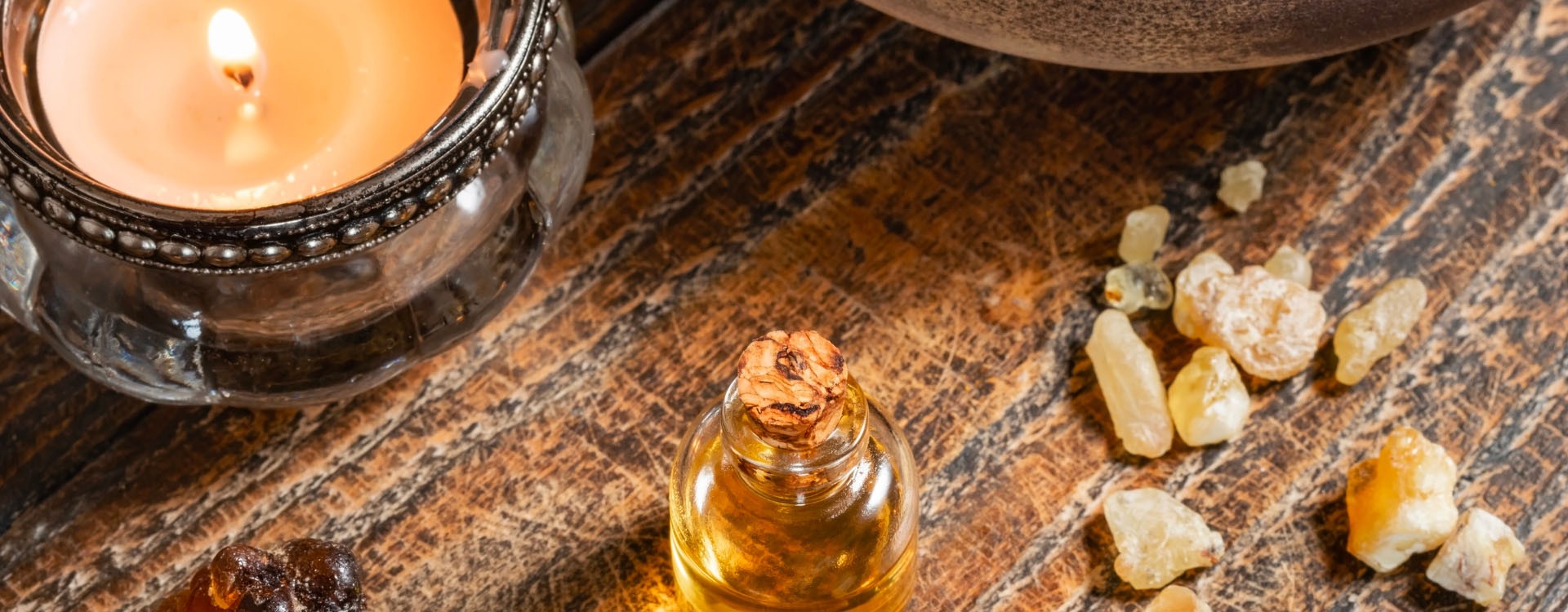Le Parfum envoûtant de L'oliban : Olfactory exploration

Frankincense: an olfactory treasure trove
To better appreciate thebewitching fragrance of frankincense, let's delve into its history, the harvesting and extraction process, and the different varieties of frankincense that captivate the senses.
L'olibanum incensealso known as frankincense, is a precious aromatic resin with a rich and ancient history. Its origins date back thousands of years, and it has been a central element of many civilizations and cultures throughout time.
Frankincense played an essential role in the religious rituals of ancient Egypt, Greece, Rome and other ancient civilizations. It was often burned as an offering to the gods. It is also associated with spiritual and meditative practices in various religions, including Christianity, Islam and Buddhism. Moreover, frankincense was one of the most valuable products of the incense route trade, which linked Arabia to the Mediterranean.
The harvesting of frankincense is a meticulous process involving the collection of resin from theBoswellia sacra tree or other Boswellia species. To harvest the resin, precise incisions are made in the bark of the tree. This allows the resin to flow out slowly in the form of tears. The resin tears are then left to dry in the sun. During this process, they harden and take on a translucent appearance. Once dry, the resin is sorted and selected according to its quality. The best tears are used for perfumery and religious rituals.
There are several varieties of frankincense, each with its own unique olfactory characteristics. The two most common varieties are Boswellia sacra frankincense , often considered the most precious for its rich, complex fragrance. It is harvested mainly in Oman and Yemen. Boswellia serrata frankincense is a variety from India with a slightly different aromatic profile. It is also used in various spiritual and medicinal practices.
Olfactory notes of frankincense
Now let's delve into the aromatic profile of frankincense, exploring its nuances and subtleties, while comparing it to other fragrances and aromatic resins.
Olibanum incense is renowned for its complex and captivating aromatic profile. Its olfactory notes are unique and captivating, offering an unparalleled sensory experience. At the heart of the fragrance is a warm, woody, resinous base note that forms the backbone of its olfactory character. This note is supported by soft, slightly sweet balsamic nuances that add a subtle sweetness to the whole. In addition, earthy aromas sometimes mingle with this olfactory symphony, evoking elements of freshly turned earth or damp forest. Some varieties of frankincense even reveal lemony notes, adding a touch of brightness to its deep fragrance.
What makes frankincense even more fascinating are the many nuances and subtleties that can be discovered by diving deeper into its fragrance. Sometimes, spicy nuances emerge, reminiscent of cinnamon or clove, adding complexity to the whole. In some varieties, resinous notes may be more pronounced, creating a richer, more enveloping experience. For some, distant floral notes can also be perceived, sometimes reminiscent of lavender or rose. Middle Eastern varieties of frankincense may even evoke oriental souks and exotic spices.
Compared to other fragrances and aromatic resins, frankincense is unique, but it can be interesting to place it in a wider olfactory context to better appreciate its singularity. It is often compared to myrrh because of their similar origins and rich aromatic profiles. However, myrrh tends to be sweeter and slightly bitter thanfrankincense. Cedar frankincense, meanwhile, offers woodier, fresher notes than frankincense, which is warmer and more resinous. Finally, sandalwood has a creamy, woody fragrance, while frankincense is more resinous and complex.
This comparison can help to better understand the unique characteristics of frankincense and guide the choice of those wishing to explore fragrances and aromatic resins further. In the following sections, we explore traditional and contemporary uses of frankincense, highlighting the versatility of this olfactory treasure.
Traditional and contemporary applications
Frankincense, a veritable olfactory treasure trove, finds its place in various spheres of life, from ancient spiritual rituals to contemporary perfume creation, well-being and relaxation practices.
Its use in spiritual and religious rituals dates back centuries. It is burned in religious ceremonies to purify the air, create a sacred atmosphere and encourage meditation. It also often accompanies prayers and devotions, helping the faithful to focus and connect spiritually. Frankincense is considered purifying, warding off negative energies and promoting mental clarity.
In the perfumery industry, frankincense is a precious ingredient. Its bewitching scent is used to create unique, exotic fragrances. It is frequently used as a base note in perfumes, bringing remarkable depth and persistence. It plays an essential role in oriental fragrances, alongside other rich ingredients such as amber and sandalwood. The complexity of frankincense enables perfumers to create sophisticated, bewitching fragrances.
In our modern world, frankincense is also used to promote well-being and relaxation. It is burned during meditation and yoga to create a soothing atmosphere, promoting relaxation and concentration. In aromatherapy, it is appreciated for its calming properties, helping to relieve stress and anxiety. Frankincense baths are taken to relax the body and mind, offering an at-home spa experience.
Frankincense continues to evolve, finding its place in our modern lives while retaining its spiritual and olfactory heritage. In the next section, we'll explore the art of olfaction and how you can immerse yourself in an olfactory experience using frankincense.
The art of olfaction: How to explore frankincense
Exploring frankincense can be a rich and rewarding experience, whether for meditation, creating personalized fragrances, or simply enjoying its soothing benefits. Let's discover how you can immerse yourself in the art of olfaction with frankincense.
Frankincense has long been associated with meditation and conscious breathing practices. For a meditation session, simply light a small amount of frankincense. Concentrate on its enchanting fragrance to refocus and eliminate distractions. Similarly, during a conscious breathing session, use frankincense as a focal point. Inhale deeply with each inhalation and exhalation, helping you to achieve a state of inner calm.
If you're passionate about creating fragrances, frankincense can become a valuable ingredient for composing personalized fragrances. As a base note, it plays an essential role in the durability of your fragrance. You can also combine it with other essential oils and resins to create unique fragrances, experimenting with woody, spicy and floral notes. Be sure to balance proportions carefully, as frankincense has a powerful fragrance, requiring only a few drops.
When exploring frankincense, product quality is paramount to ensure an authentic and pleasurable olfactory experience. Make sure you opt for authentic frankincense, preferably harvested in regions renowned for their high-quality incense. Before you buy, take the time to smell the incense to make sure it has a fresh, robust fragrance. Buy from reputable and reliable suppliers, such as Real and Roots, who are committed to offering quality frankincense products.
Exploring the art of olfaction with frankincense can enrich your daily life by bringing a touch of serenity, creativity and well-being. In the following section, we'll look at the benefits ofsmelling frankincense on mental, emotional and physical health.
The benefits of smelling frankincense
The olfaction of frankincense offers a multitude of benefits for mental, emotional, spiritual and environmental health. Let's discover how this olfactory experience can enrich your life.
Frankincense has long been valued for its positive effects on mental and emotional health. Its soothing aroma has been shown to reduce stress, anxiety and feelings of nervousness. What's more, it can stimulate the production of certain hormones linked to happiness, helping to improve mood and reduce mild depression. By promoting concentration, frankincense becomes a valuable ally for work, study and meditation.
In the spiritual and meditative sphere, frankincense also plays a significant role. Its mystical fragrance is often associated with spirituality and inner connection, facilitating contemplation and introspection. It is used to create an atmosphere conducive to meditation, helping to calm the mind and achieve a deeper state of meditation. In addition, its aroma can raise consciousness and encourage spiritual reflection, becoming a powerful tool for personal growth.
Finally, frankincense is widely used to create a soothing, enchanting atmosphere in living spaces. When burned, it fills the room with a relaxing ambience, ideal for unwinding after a busy day. Traditionally, it is used to draw negative energies away from the environment, creating a sanctuary of peace. What's more, some people find that the scent of frankincense stimulates their creativity and fosters inspiration, making it an ideal companion for artists and writers.
By exploring the scent of frankincense, you can enrich your daily life by cultivating better mental health, strengthening your spirituality, and creating an atmosphere that soothes the senses and nourishes the soul. In the next section, we'll discuss reliable sources for quality frankincense.
Conclusion
Frankincense is much more than just an aromatic resin. It's an olfactory treasure trove rich in history, enchanting fragrances and benefits for mind and body.
Exploring the olfaction of frankincense is an invitation to discover a world of sensations and sensory experiences.
Thank you for venturing into this olfactory exploration of frankincense. May its fragrance continue to inspire, soothe and transport you to worlds of well-being and serenity.



